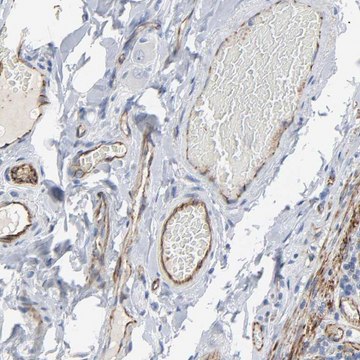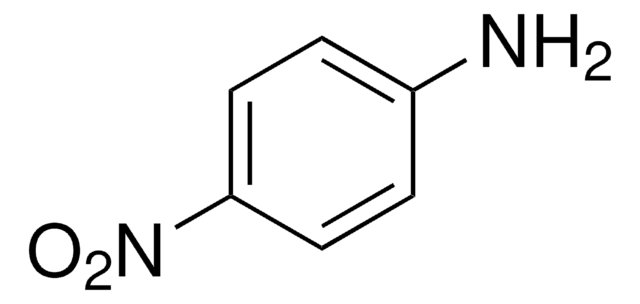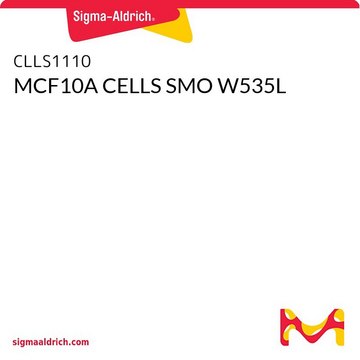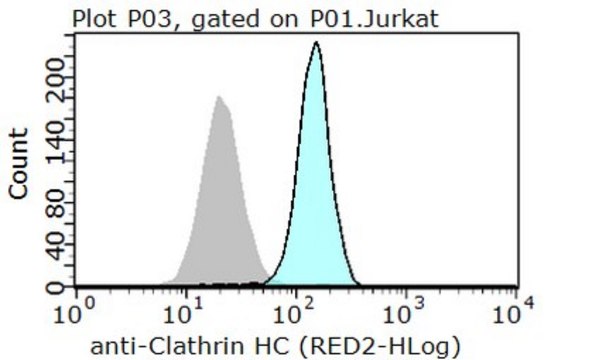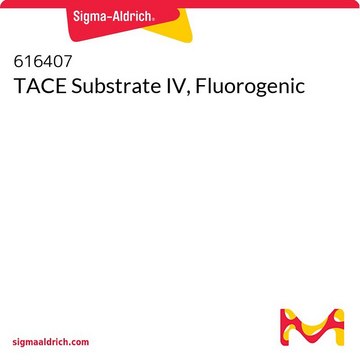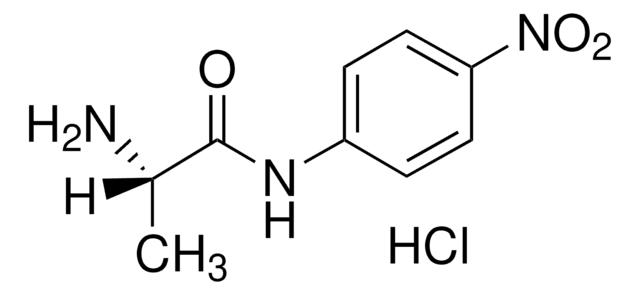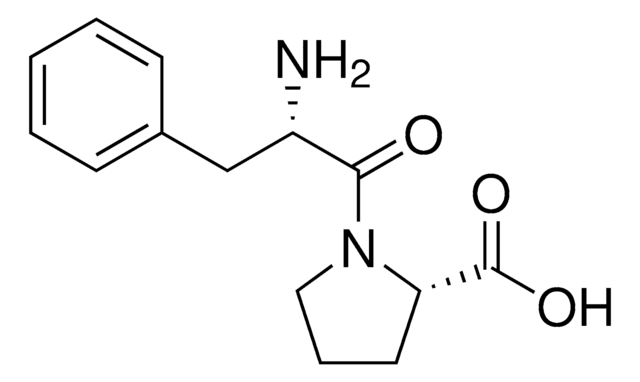C1860
Anti-Clathrin Heavy Chain antibody, Mouse monoclonal
clone TD.1, purified from hybridoma cell culture
About This Item
Recommended Products
biological source
mouse
conjugate
unconjugated
antibody form
purified immunoglobulin
antibody product type
primary antibodies
clone
TD.1, monoclonal
form
buffered aqueous solution
mol wt
antigen 180-192 kDa
species reactivity
rat, human, bovine, mouse
concentration
~2 mg/mL
technique(s)
immunocytochemistry: suitable
immunoprecipitation (IP): suitable
microarray: suitable
western blot: 2-4 μg/mL using whole extract of cultured rat adrenal pheochromocytoma PC-12 cells.
isotype
IgG1
UniProt accession no.
shipped in
dry ice
storage temp.
−20°C
target post-translational modification
unmodified
Gene Information
human ... CLTC(1213)
mouse ... Cltc(67300)
rat ... Cltc(54241)
General description
Immunogen
Application
Western Blotting (1 paper)
Physical form
Disclaimer
Not finding the right product?
Try our Product Selector Tool.
Storage Class Code
12 - Non Combustible Liquids
WGK
WGK 3
Flash Point(F)
Not applicable
Flash Point(C)
Not applicable
Regulatory Information
Choose from one of the most recent versions:
Already Own This Product?
Find documentation for the products that you have recently purchased in the Document Library.
Our team of scientists has experience in all areas of research including Life Science, Material Science, Chemical Synthesis, Chromatography, Analytical and many others.
Contact Technical Service